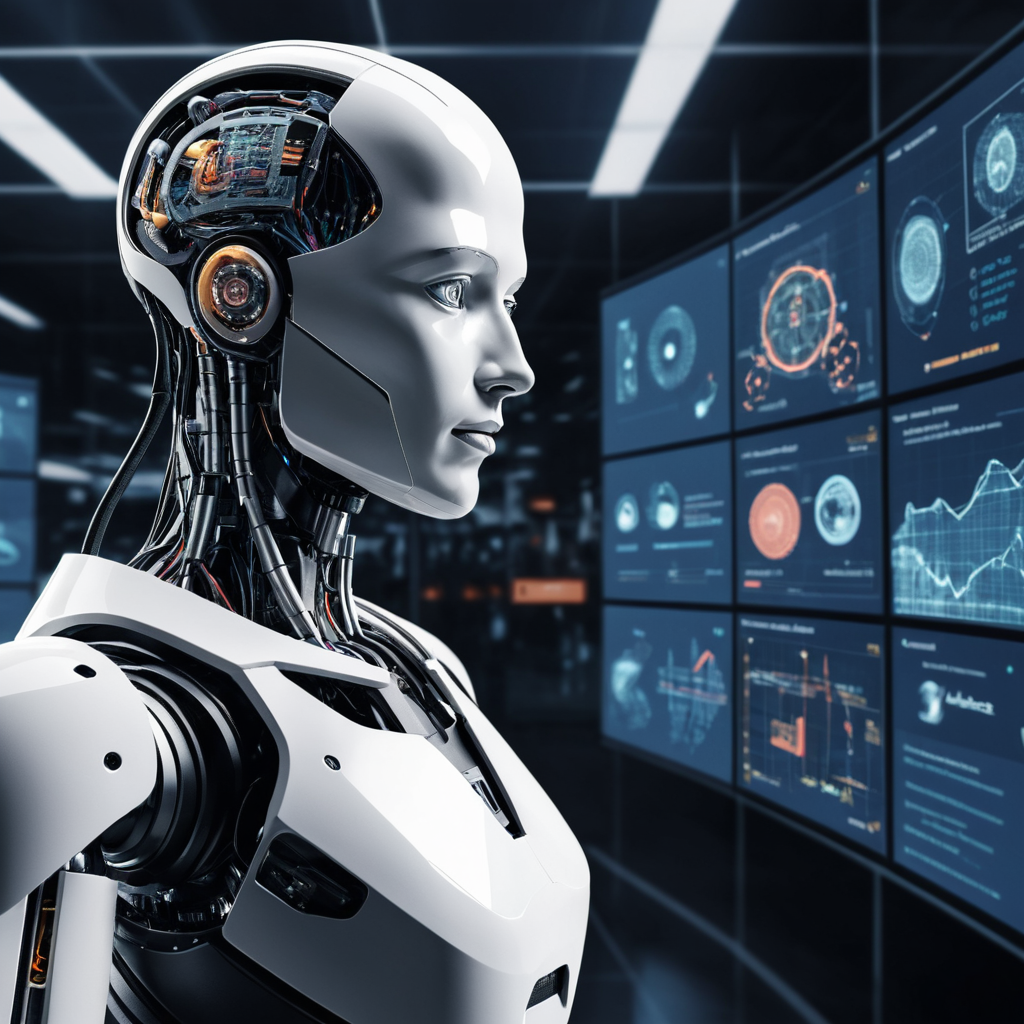- December 1, 2024
Turning AI into Decision-Making Agents

Turning AI into Decision-Making Agents
Artificial Intelligence (AI) is no longer limited to data analysis or automation; it is now evolving into a decision-making powerhouse. Turning AI into decision-making agents refers to designing systems that can perceive, analyze, and act independently to achieve specific goals. From self-driving cars to personalized healthcare recommendations, this transformation is revolutionizing industries worldwide. Below, we’ll explore its core concepts, applications, challenges, and future trends.

Core Components of Decision-Making AI
For AI to act as a decision-making agent, it needs the following core components:
- Perception: AI gathers data from its environment (e.g., cameras, sensors).
- Reasoning: It evaluates data using algorithms to predict outcomes and plan actions.
- Learning: Continuous improvement through techniques like Reinforcement Learning for Decision-Making.
- Action: Executing decisions autonomously, like controlling a robotic arm or driving a vehicle.
Real-World Applications of Decision-Making Agents
Decision-making AI is impacting multiple industries:
- Healthcare: AI diagnoses diseases and recommends treatments.
- Finance: Autonomous trading systems optimize investments.
- Transportation: Self-driving cars use AI to navigate and avoid accidents.
- Retail: Personalized recommendations improve customer experiences.
- Robotics: Robots perform complex tasks in dynamic environments.
Ethics and Bias in AI Decisions
As AI gains autonomy, ethical concerns become critical:
- Bias in Data: AI can unintentionally reflect societal biases, leading to unfair decisions.
- Transparency: Decision-making processes must be explainable (Explainable AI (XAI) in Decision-Making).
- Accountability: Defining responsibility for AI-driven actions is essential to avoid misuse.
Challenges in AI Decision-Making
Despite advancements, turning AI into decision-making agents presents challenges:
- Dynamic Environments: AI must adapt to changing situations, like weather or unexpected obstacles.
- Multi-Agent Systems and Coordination: Managing interactions between multiple AI agents is complex.
- Computational Costs: Processing large data volumes for real-time decisions can be resource-intensive.
Human-AI Collaboration in Decision-Making
AI should augment, not replace, human decision-making. By combining human intuition with AI’s analytical power, organizations can achieve better outcomes. For example, doctors use AI to assist in diagnostics but make the final call on treatments.
Future Trends in Autonomous Decision-Making Systems
The future of decision-making AI is promising, with trends like:
- More Advanced Reinforcement Learning Models: For better adaptability and decision accuracy.
- Integration with IoT: AI agents will increasingly interact with smart devices for real-time decisions.
- Ethical Frameworks: Regulations to ensure fairness, transparency, and safety in AI systems.
- Improved Explainability: Greater emphasis on making AI decisions understandable to users.
Conclusion
Turning AI into decision-making agents is a transformative journey that blends technology, ethics, and innovation. By focusing on core components, addressing challenges, and leveraging future trends, AI can revolutionize decision-making in ways we’ve never imagined. Organizations and developers must prioritize transparency, ethical frameworks, and human collaboration to unlock the full potential of autonomous AI systems.